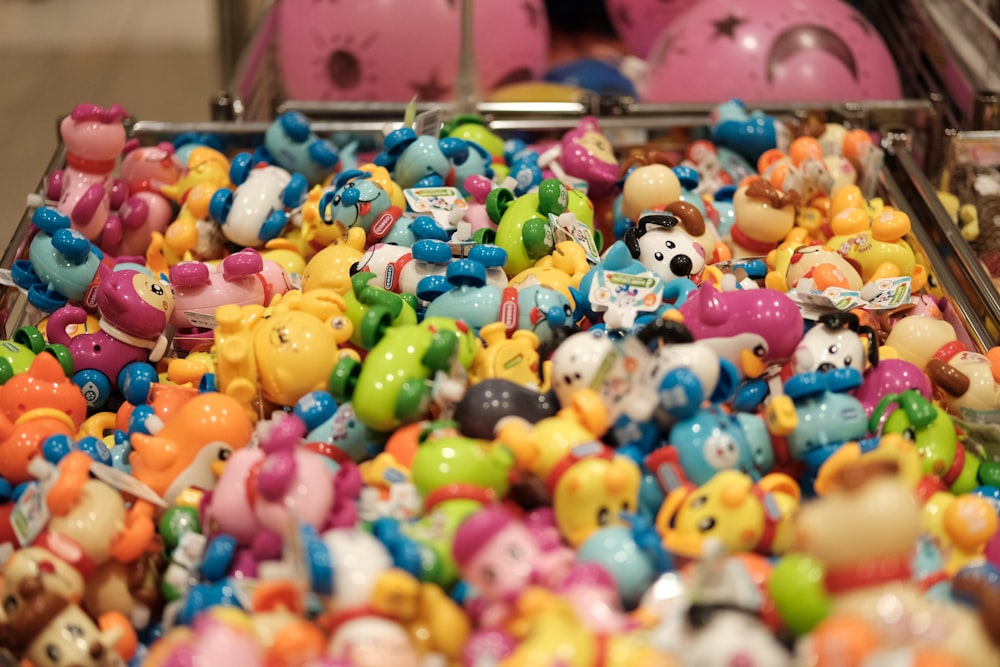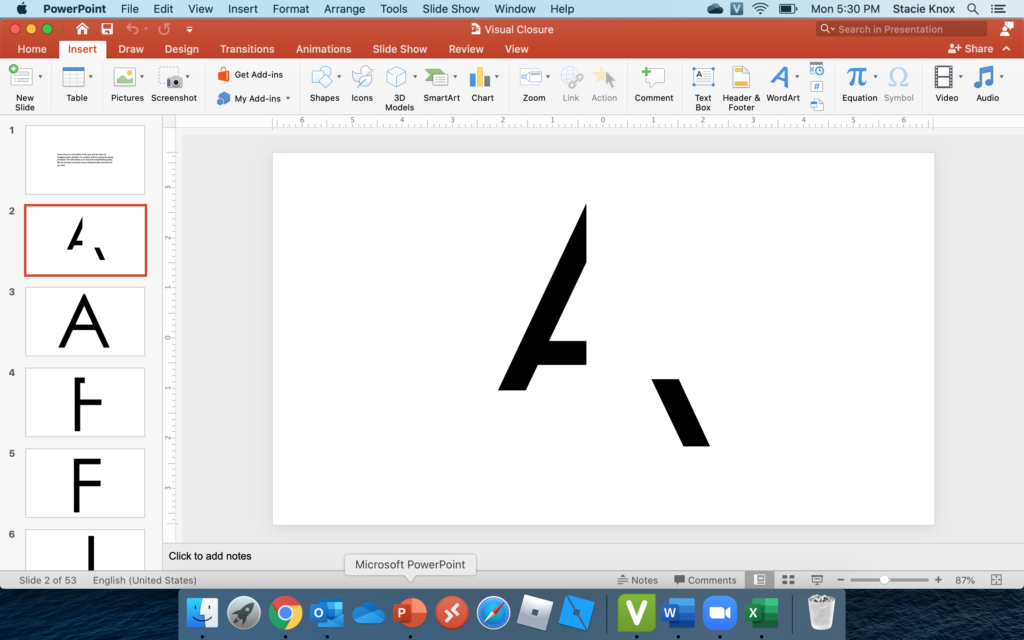Visual closure is the ability to correctly perceive an object or word, even when it is partly hidden. The ability to quickly decode helps children to read and comprehend quickly. Practicing visual closure with various activities trains the eyes to decode symbols to be letters rapidly. This skill is completely visual and should be practiced as such. The ability to not actively assess each line of print helps with reading and writing fluency.
Some signs a child may need additional support in visual closure include:
- Trouble completing mazes and puzzles
- Difficulty identifying objects that are partially obscured
- Difficulty with math tasks
- Needing extra time to identify familiar letters
One way to practice visual closure is to place a number of different objects in a box. Have the objects overlap. Ask the child to find various objects that are partially hidden.

Another way to practice visual closure is with a PowerPoint presentation. Create a slide with a large single letter. Insert a shape and choose the square. Place the square on the letter to obstruct different lines of the letter. Change the fill and outline of the square to white. Insert a blank slide. Put the full letter on this slide. This activity can be done during a virtual circle time. Prepare the PowerPoint presentation ahead of time. Share your screen with the children and have them shout out the letters.

This activity can also be done with simple images for children who are not familiar with letters.
You can download this PowerPoint presentation for free at the following link!
https://www.teacherspayteachers.com/Product/Visual-Closure-5862943#show-price-update
Some additional activities can be found on the following links:
- https://www.theottoolbox.com/visual-closure-activity-bugs-theme/
- https://www.ot-mom-learning-activities.com/visual-closure.html
- https://www.theottoolbox.com/visual-closure-flower-match-up-activity
- http://drzachryspedsottips.blogspot.com/2016/03/free-visual-perceptual-worksheets.html
The following are affiliate links. These manipulatives would be helpful in developing visual closure for children.
